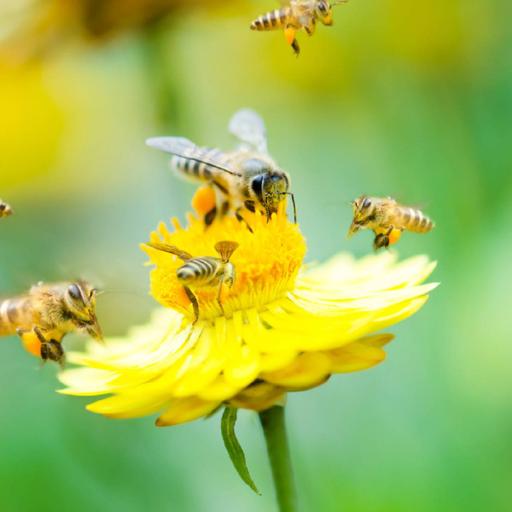Pollination
Presentations | English
Pollination is the act of transferring pollen grains from the male anther of a flower to the female stigma. The goal of every living organism, including plants, is to create offspring for the next generation. Flowers are the tools that plants use to make their seeds. Virtually all of the world’s seed plants need to be pollinated. Pollen, looking like insignificant yellow dust, bears a plant’s male sex cells and is a vital link in the reproductive cycle. With adequate pollination, wildflowers: reproduce and produce enough seeds for dispersal and propagation. Pollination is an essential part of plant reproduction. Pollen from a flower’s anthers (the male part of the plant) rubs or drops onto a pollinator. The pollinator then take this pollen to another flower, where the pollen sticks to the stigma (the female part). The fertilised flower later yields fruit and seeds.

14.00
Lumens
PPTX (28 Slides)
Pollination
Presentations | English
